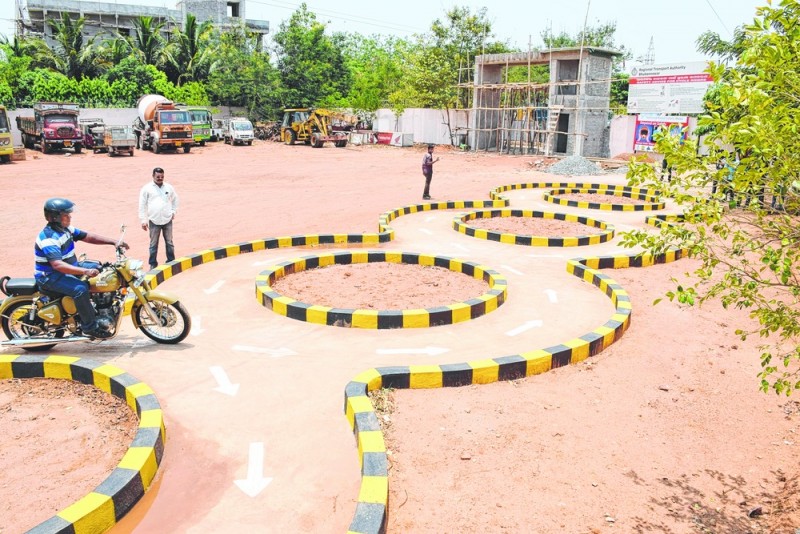
In the realm of autonomous driving technology, testing is paramount to ensure safety, reliability, and efficiency. One crucial aspect of this testing is conducting Driving License (DL) examinations on automatic driving tracks. These tracks provide controlled environments where various scenarios can be simulated to assess the capabilities of autonomous vehicles and their readiness for real-world deployment.
The Significance of Automatic Driving Track Testing
Automatic driving tracks serve as invaluable facilities for assessing the performance of autonomous vehicles under diverse conditions. They offer a safe and controlled environment where developers can evaluate the vehicle's ability to navigate complex scenarios, interact with traffic, and respond appropriately to unexpected events. Moreover, these tracks allow for the systematic validation of algorithms, sensors, and vehicle dynamics, contributing to the refinement and enhancement of autonomous driving systems.
Components of DL Testing on Automatic Driving Tracks
Conducting DL tests on automatic driving tracks involves several key components:
1. Test Scenarios Design:
2. Vehicle Preparation:
3. Test Execution:
4. Data Collection and Analysis:
5. Iterative Improvement:
Ensuring Safety and Compliance
Safety is paramount in DL testing on automatic driving tracks. Stringent safety protocols are implemented to minimize risks and ensure the well-being of both testers and bystanders. Additionally, compliance with regulatory requirements is essential to demonstrate the vehicle's suitability for public roads. DL testing on automatic driving tracks plays a pivotal role in the development and validation of autonomous driving technology. By simulating real-world scenarios in a controlled environment, these tracks enable thorough assessment of vehicle performance, driving behavior, and safety measures. Through meticulous testing and iterative improvement, autonomous vehicles inch closer to widespread adoption, promising a future of safer and more efficient transportation.
Financially, today is going to be your day
People of these zodiac signs may have to work harder, know what your horoscope says
People of this zodiac sign will be worried today due to children or education, know your horoscope